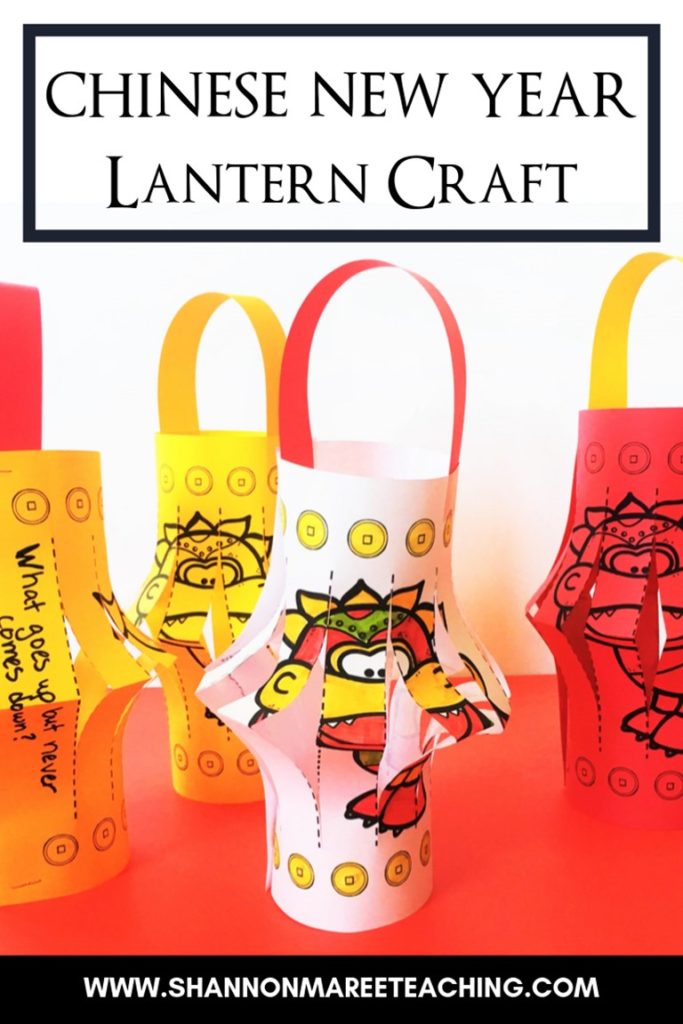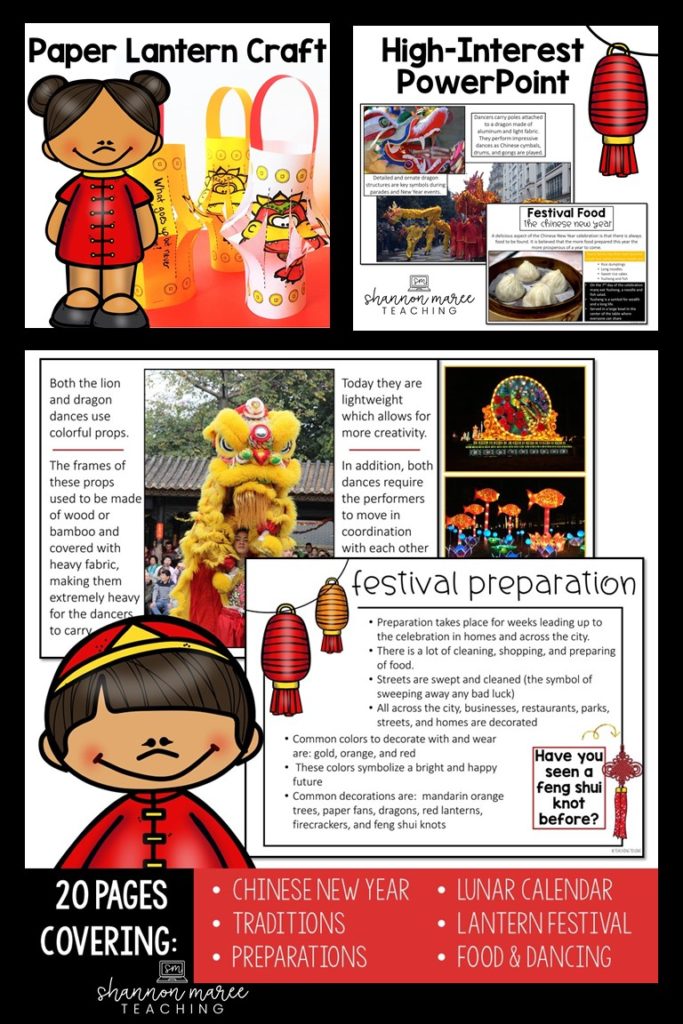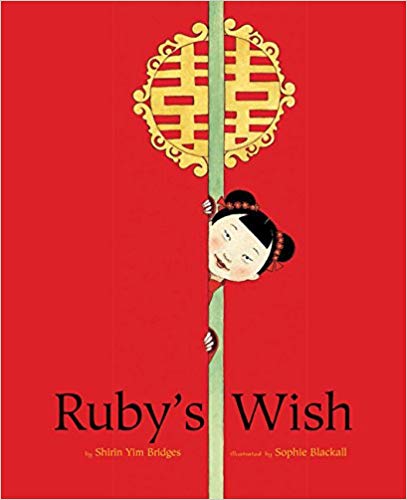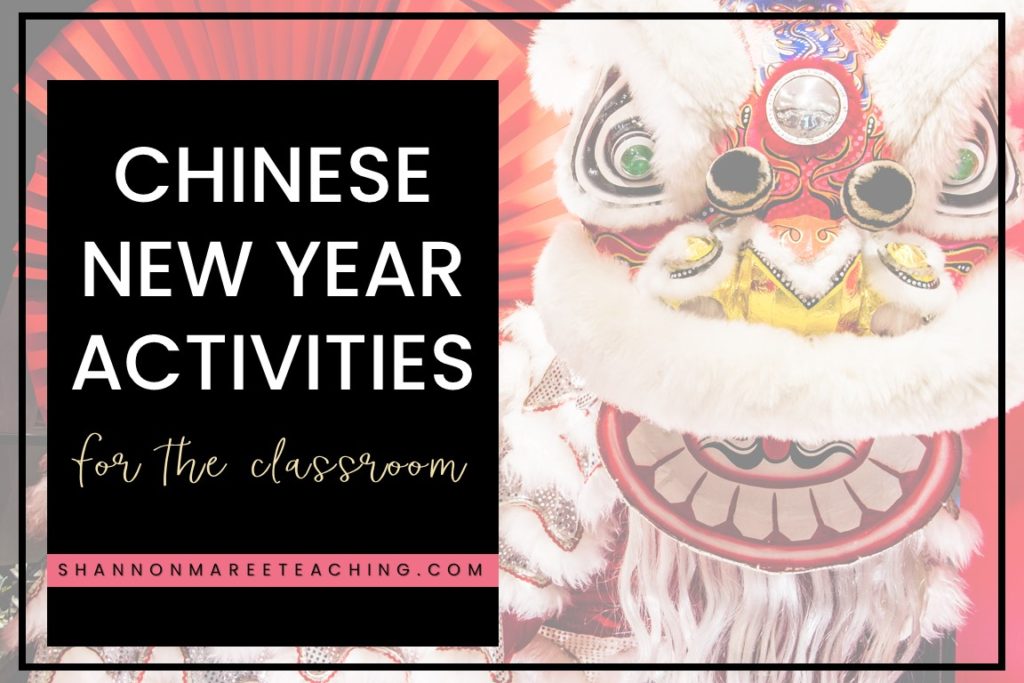
Gung Hay Fat Choy! Happy New Year! Almost all cultures celebrate and welcome the coming of a new year. In China, and around the world, Cantonese speakers wish each other a new year of happiness by saying, “Gung hay fat choy!” Check out these commonly asked questions regarding the Chinese New Year and my favorite Chinese New Year activities to use in the classroom.
Teaching cultural lessons in the elementary classroom is so important for promoting inclusiveness, understanding, and kindness. The Chinese New Year is celebrated by over 2 billion people around the world, and students love learning about it!
Chinese New Year History
Many students want to know why Chinese New Year is important and if the celebration is similar to their own. Chinese New Year began as a holiday that honored ancestors and deities. Traditionally this special time is focused on families coming together to celebrate, feast, and end the old year while ringing in the new year with good luck. There are many colorful, loud, and interesting traditions that go along with this 15-day celebration.
Chinese New Year Activities for the Classroom
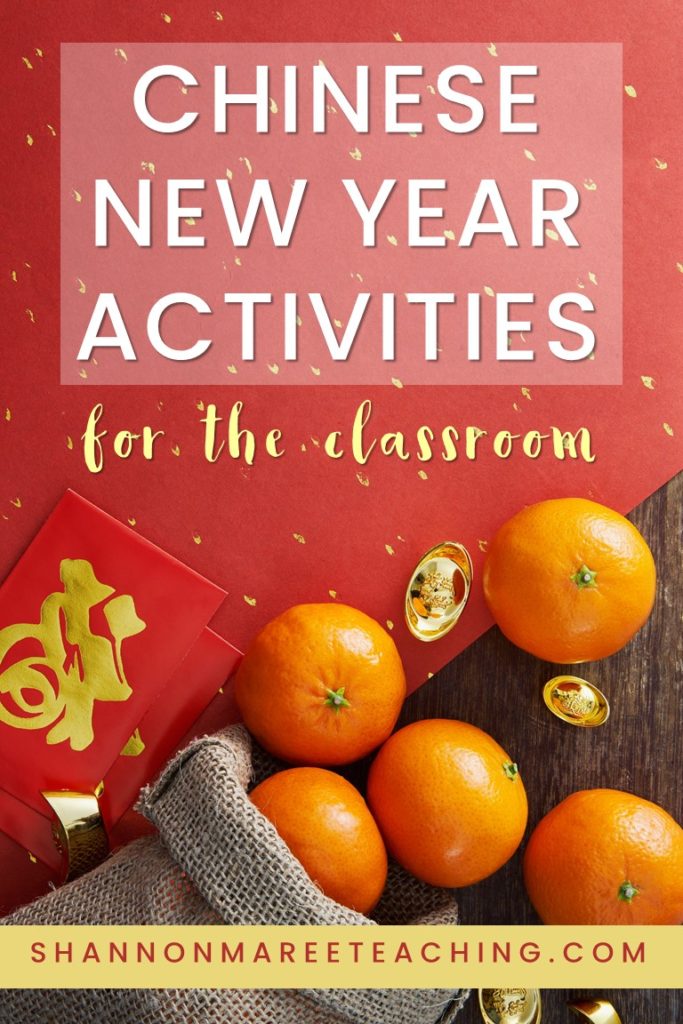
These are my 4 favorite Chinese New Year activities to use in my classroom.
Chinese New Year Lanterns (and Riddles)
This Chinese New Year activity and craft includes a 20 Slide PowerPoint (and Google Slides) teaching about the Chinese New Year, and a paper lantern printable. In this lesson, students see colorful photographs and learn about the Chinese New Year traditions, the prominent food for Chinese New Year, and the super interesting history behind Chinese New Year lanterns and the riddles written on them. Dive into the traditions that make up this unique Chinese New Year celebration! THE BEST PART: Then, after learning about Chinese New Year Lanterns, students can add riddles to their own Chinese New Year paper lantern.
This Chinese New Year craft is best on bright red, yellow, gold, or green paper as those are all symbolic Chinese New Year colors. Red represents happiness, success, and good luck. Yellow and gold represent royalty and power, and green represents wealth and money. This is why Chinese New Year crafts and decorations are always based on those or other significant colors.
I love using Astrobrights paper when making the lanterns because they come in such gorgeous colors! If you’re interested in learning more about this PowerPoint and Chinese New Year lantern craft click here.
Red Envelopes for Chinese New Year
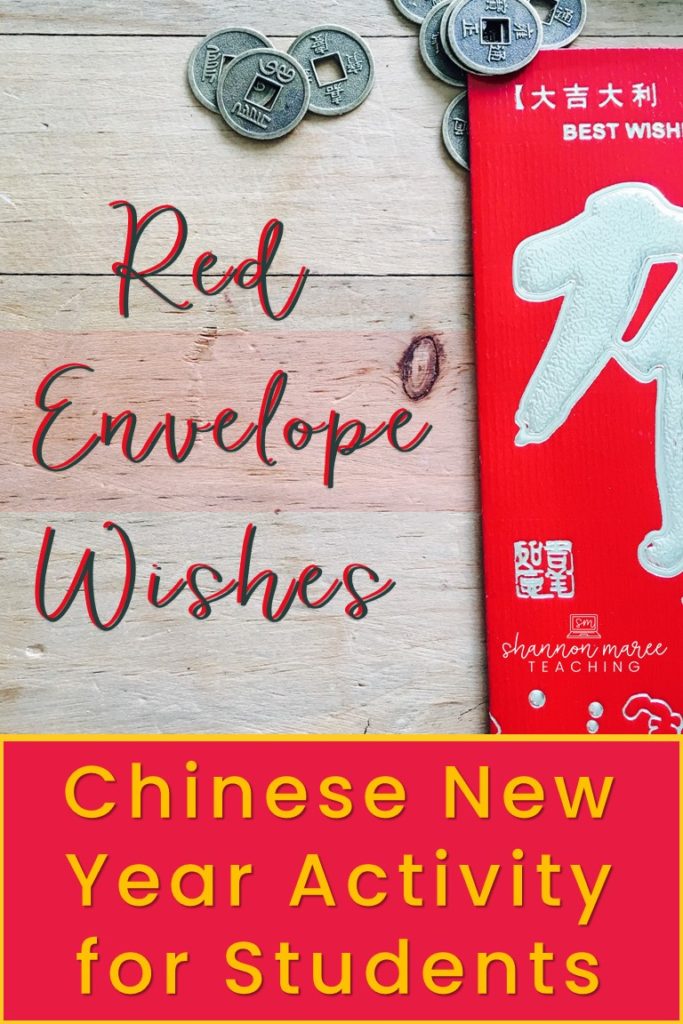
We put a super fun twist on the tradition of giving red envelopes for Chinese New Year! Red envelopes containing money are often exchanged during the Chinese New Year as gifts and symbolize good luck (sensing a trend??). The classroom activity for Chinese New Year that my students LOVE to do is called, “Wishes for Chinese New Year.” I give my kiddos each a red sheet of 8.5” x 11” paper (this is my fav Astrobrights pack for all these projects) and they fold it into an envelope. There are a ton of youtube videos out there showing how to do it, we watch it as a class. This Kid President video (https://www.youtube.com/watch?v=pIUOdrWl-ts) is perfect for helping us start brainstorming our *wishes,* and we watch it after their envelopes are finished.
Once they have their envelopes made, I pass out squares of yellow and green paper. On these papers, students write their wishes, hopes, and dreams for our class, our classmates, our school or community, or our world. This activity ties in wonderfully with the true-story read aloud I mention below, Ruby’s Wish.
Read Alouds – Chinese New Year Picture Books
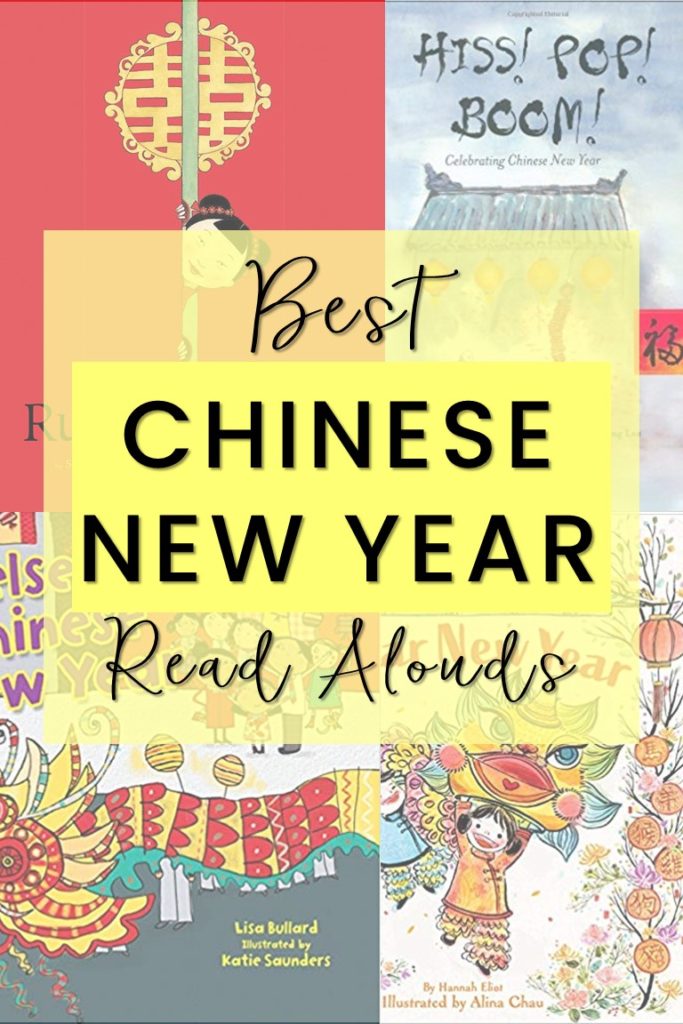
Additionally, Chinese New Year picture books are a great way to introduce the concepts and traditions of the Chinese New Year to students. Vibrant characters and fun storylines bring the celebration to life. Students can see the festival from other perspectives, Chinese New Year for kids from another kid’s viewpoint.
These are 5 of my favorites:
1. Ruby’s Wish
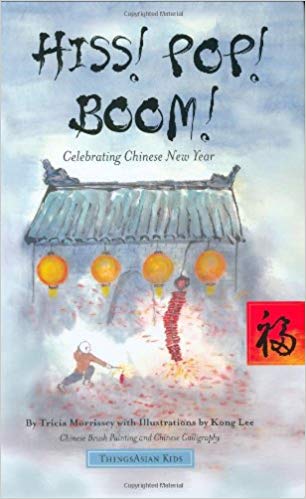
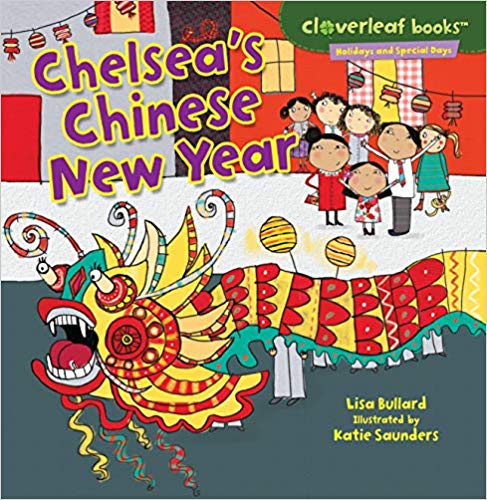
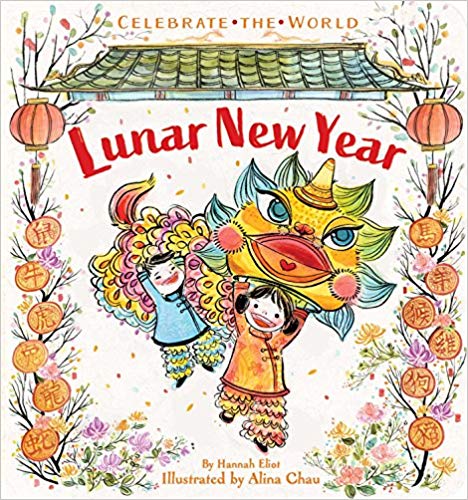
5. PoPo’s Lucky Chinese New Year
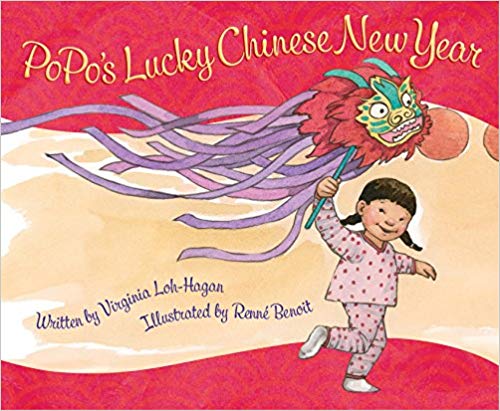
Check out this blog post for the best children’s book about Chinese New Year to see my full list of favorites (for both lower and upper elementary).
Chinese New Year Writing Activity
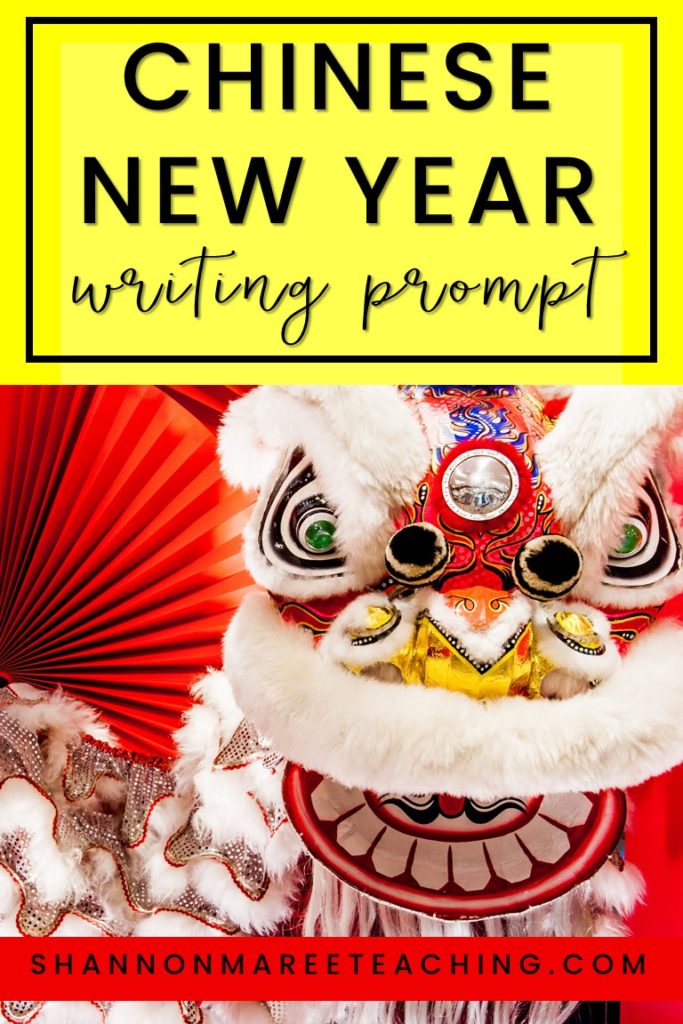
Have students watch this short National Geographic dragon dance video, then write a response to the following prompt. Students can use the guiding questions to help brainstorm ideas.
In the video, you saw a 137-year-old tradition that happens every year in Hong Kong during the fall. This dragon dance for example, is similar to what you might see being used to celebrate the Chinese New Year. What traditions does your family have? Think about any holiday or season of life, it doesn’t have to be related to New Years. What activities do you do? Who’s involved? What do you eat or drink? Where and when does the celebration or tradition take place? Why is it celebrated? How is it important to you?
Give some of these Chinese New Year activities a try and let me know what your students loved most!
Facts Students Love
While creating the resource I mentioned earlier, I did a lot of research and learned so many awesome things about Chinese New Year activities, the history, culture, and Chinese New Year traditions. My class last year LOVED all things “fun facts,” so the info below was a big hit in my room.
Chinese New Year Animals
You might be asking yourself, why Chinese New Year Animals? The lunar calendar that the Chinese New Year celebration follows is based on the 12 Chinese zodiac animals. Zodiacs are an important part of Chinese culture. This year and upcoming Chinese New Year animals are:
- Chinese New Year 2025 Animal – Chinese New Year of the Snake
- Chinese New Year 2026 Animal – Chinese New Year of the Horse
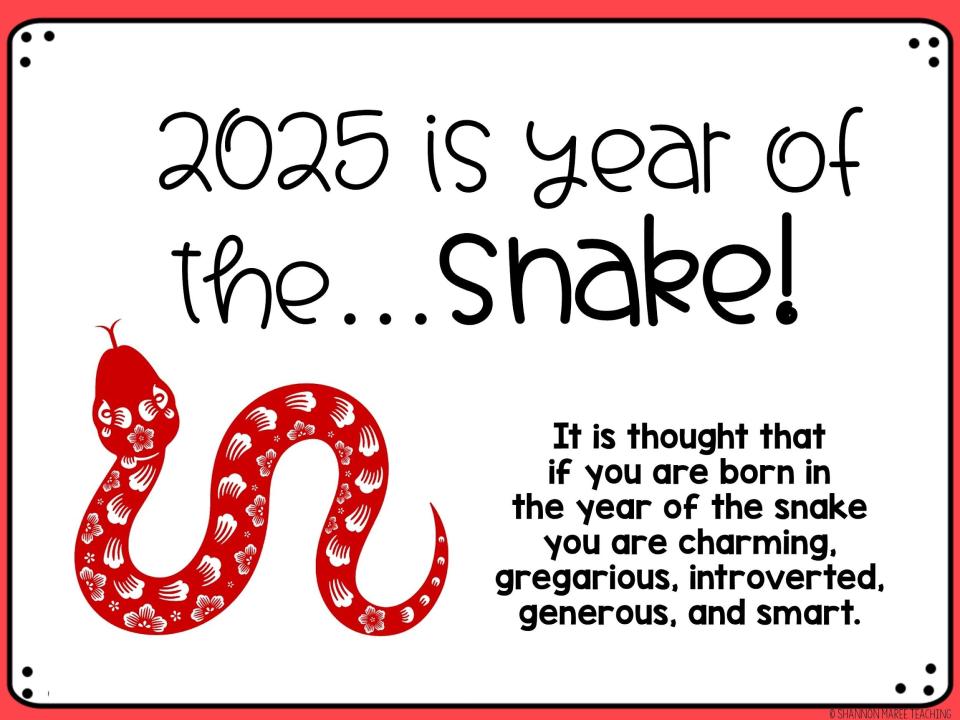
Food and Celebration
Every family has their own favorite meals but some common meals for Chinese New Year food are:
•Rice dumplings
•Long noodles
•Sweet rice cakes
•Yusheng and fish
Chinese New Year Eve is believed to host the most important meal for families during the entire Chinese New Year celebration. All family members are expected to be present at this large and special meal called the reunion dinner where traditional food is served. The New Year’s Eve dinner is called ‘reunion dinner’, and is believed to be the most important meal of the year.

Chinese New Year Dates
The Chinese New Year dates are always a little different. Originally this was because the Chinese did not have a consistent calendar, it would change depending on the emperor in charge. Now the Chinese New Year dates follow the lunar calendar, a calendar based on the moon. As a result, the Chinese New Year celebration begins with a new moon and ends with the full moon, lasting about 15 days. Therefore, starting at the end of January and going through to the end of February is a common time for the Chinese New Year to occur. Lastly, the celebration ends with the Festival of Lanterns.
The specific Chinese New Year dates are for this year and upcoming years are:
- Chinese New Year 2025: January 29th to February 12th
- Chinese New Year 2026: February 17th to March 4th
Dragon Dance
Dancing is an important part of the Chinese New Year and takes place in many shapes and forms. In the Chinese culture, dragons are believed to bring good luck and scare away evil spirits, this is why they are a featured creature in special traditional dances. It is an honor to be a part of the dragon dance or the lion dance. Most performers are athletic, especially those who perform jumps and tricks on stilts (starting over 9 feet high!). Chinese New Year parades often showcase a dragon dance and a Chinese New Year lion dance.
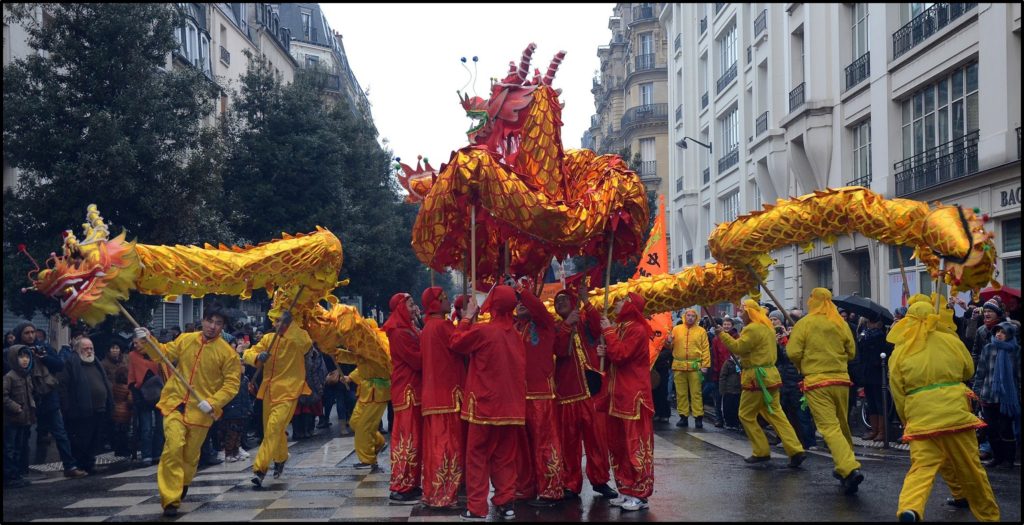
Chinese New Year Symbols
In addition to their traditional colors, some other common Chinese New Year symbols are; fish, tangerines and oranges, firecrackers, lanterns, even numbers, and zodiac animals. Furthermore, almost all of the Chinese New Year traditions and symbols are based on bringing good luck, fortune, and health in the new year. We see this in a lot of the symbolism they assign bright happy colors, gold and coins (wealth), noodles (longevity), firecrackers (scare away evil spirits), and dragons (bring good luck).
Lantern Festival
Lastly, the Chinese New Year celebrations come to a close with the lantern festival. There are a variety of lanterns that you can see at the festival. For example, there are battery-operated lanterns shaped like animals, handmade lanterns, paper lanterns, giant display lanterns, and riddle lanterns. Families enjoy walking through elaborate Chinese lantern gardens together like in the images below. Most of these lanterns are extremely large.
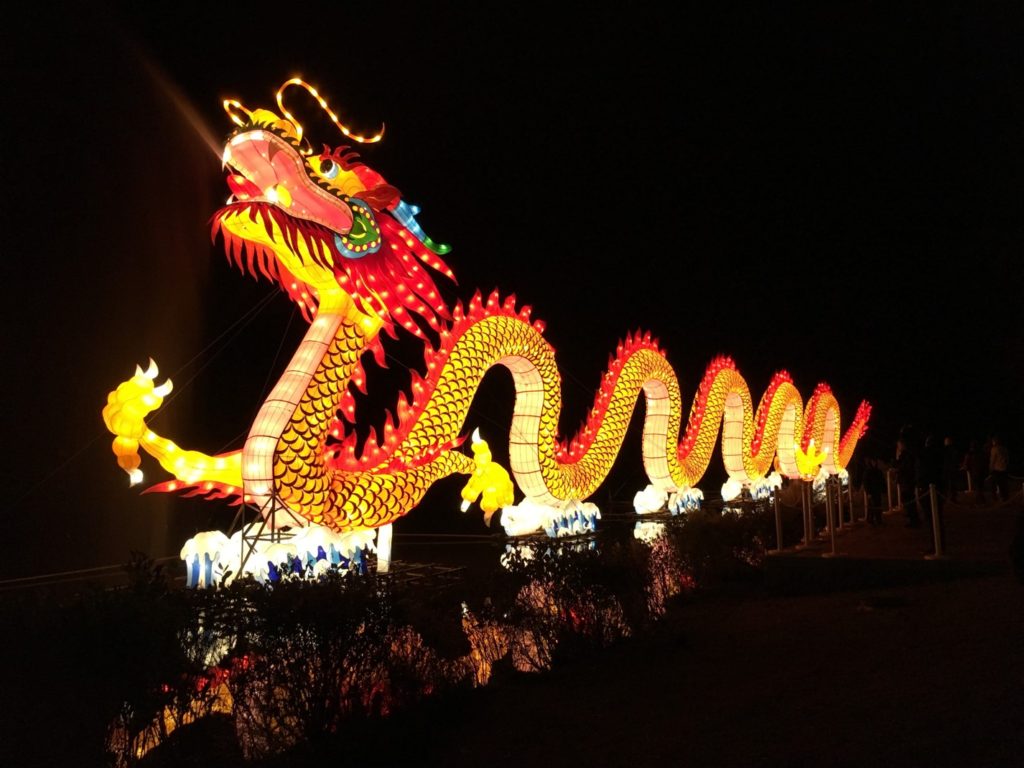
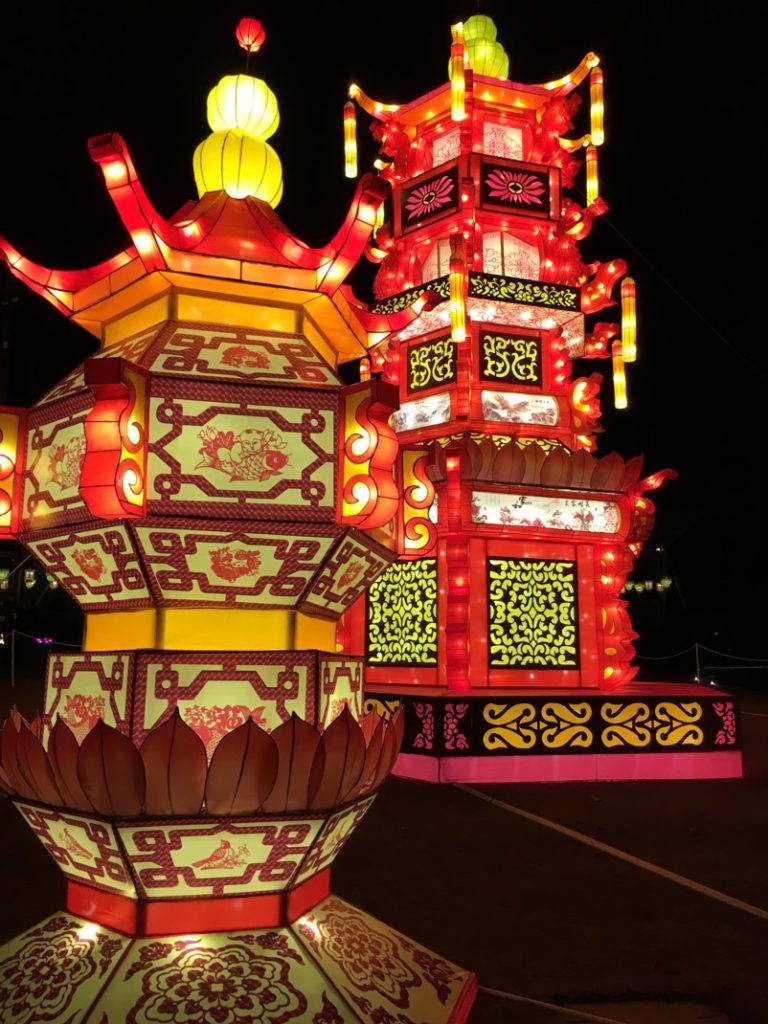
Check out These Other Ways to Start the New Year Off Right:
- Turn your students into secret agents of kindness with “Mission Possible”
- Build classroom community through themed monthly kindness lessons, games, and activities!
- Goal-setting craft to display in the hallway
- Last but not least, as a teacher, you can access valuable student data without grading! Check out this post on how self-grading assessments save me hours of time. Now, I leave when the bell rings and can use that time to invest in my family.
P.S. Are you looking for ways to cultivate a culture of kindness in your classroom? Eliminate disruptive behaviors? Help your students with social-emotional learning? I’ve got your answer! Check out this totally free teacher right here.
